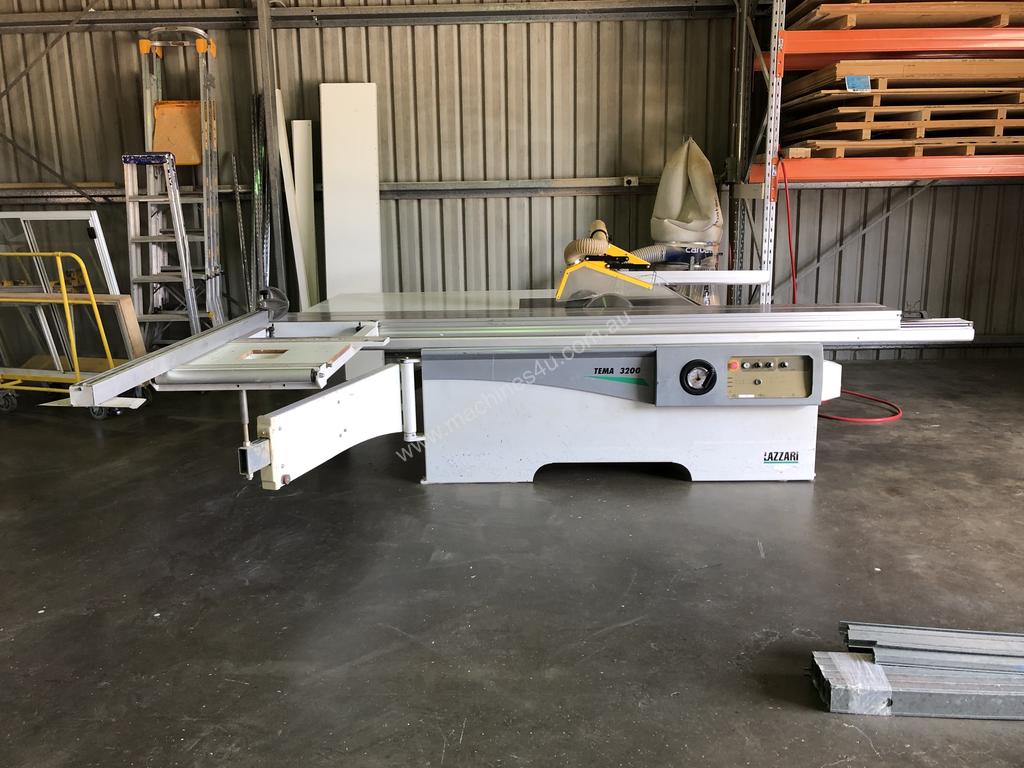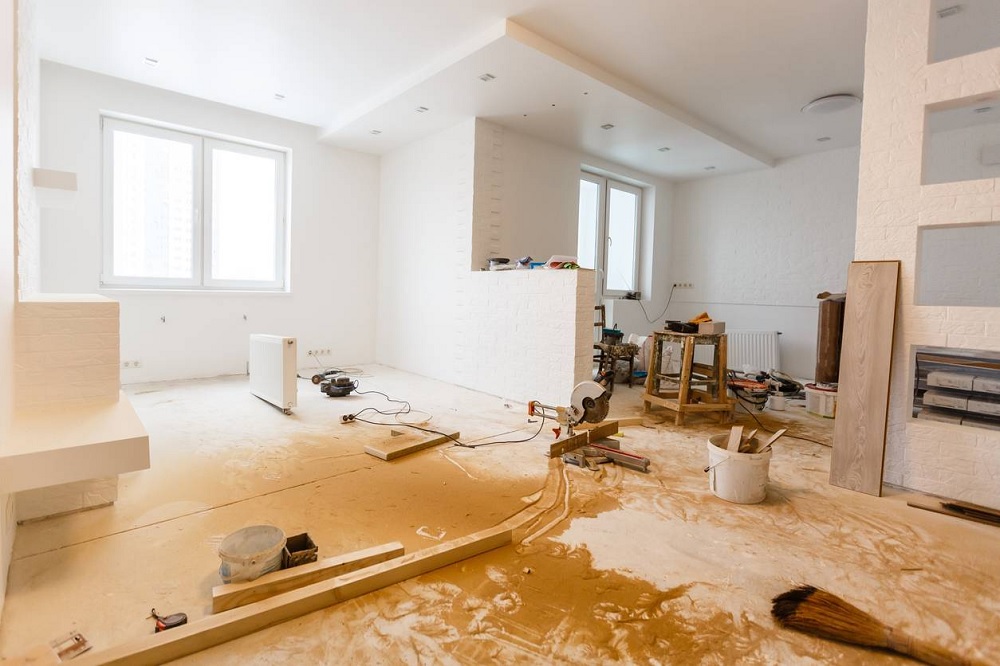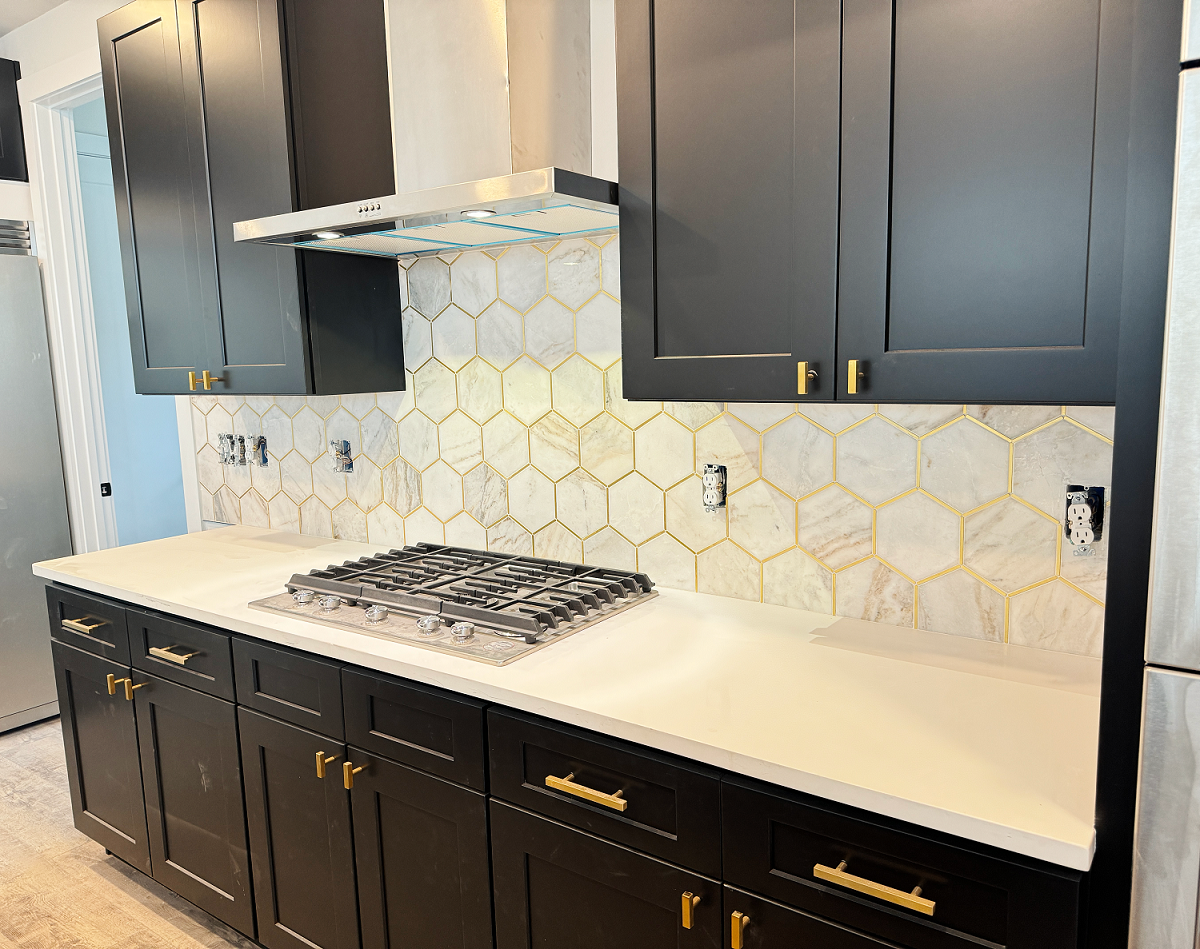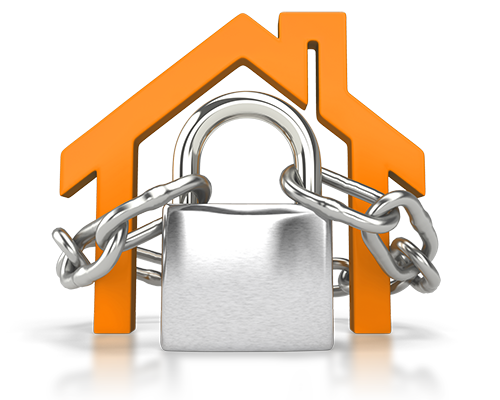Panel saws have many advantages that make them the ideal choice for many DIYers. These include reliability, power, and versatility. However, before choosing one, it is important to consider the costs and features of a model. We will discuss these factors so you can make an informed decision. For instance, a Striebig vertical panel saw is a great option, as it features a moving saw head that eliminates the need for manual handling of materials. In addition, the vertical saw allows you to load a sheet completely with the edge of the board directly on the datum. This eliminates the risk of improper board positioning and speeds up the cutting cycle.
Versatility
One of the most important characteristics of panel saws is their versatility. These tools allow users to cut wood, metal, and plastic panels quickly and easily. Some models feature a computerized control system that increases versatility and operational convenience. The computer-based controls are easy to use and feature LCD screens for easy navigation. In addition to cutting and speed adjustment, they also include features such as trouble indication, machining motion flow display, and motion monitoring.
The versatility of panel saws depends on the material to be processed. For example, a cabinet maker might use a panel saw to process plywood and melamine, while a sign maker may use a panel saw to cut plastic and aluminum. However, the most common materials processed by these tools are wood and plastic.
A vertical panel saw is a common choice for cutting large sheets of wood. The saw head is oriented either vertically or horizontally, and the blade retracts behind the main saw guard. A vertical panel saw has inherent safety features and requires less training time than its horizontal counterparts. A high-quality vertical panel saw will also provide consistent accuracy regardless of operator experience.
Another type of panel saw is the powermatic 511, which offers a large capacity and speed. It can accommodate panels up to five feet tall and can rip panels up to 12 feet long. It is also easy to transport, thanks to its wheels. The powermatic 511 vertical panel saw can also accommodate multiple types of blades, making it versatile enough to meet the demands of any production line.
A panel saw should have a dust collection system. This keeps the workspace clean and safe for workers. The tool should also comply with OSHA standards. Some models feature a dust port on the upper blade guard. The port allows for the attachment of a shop vacuum hose. It can prevent dust buildup while cutting, but some models don’t have a second vacuum port, which makes them more difficult to clean.
Reliability
Reliability is a major consideration for panel saws. Purchasing one that is reliable will mean you won’t have to deal with any unexpected costs. But even the most reliable panel saw will eventually reach its end of life. To ensure that you’ll be able to use it for many years, look for a warranty. This will give you peace of mind and let you know the brand stands behind its product.
A panel saw should be able to cut a variety of materials. While the horizontal type can take up a lot of floor space, vertical models are more space-efficient. They usually have an upright frame with a circular blade and move along a straight track. In addition, vertical models are easier to load than horizontal models.
A good panel saw should have an excellent guide system. The guide tubes should be made of special steel tubing and should be straight, concentricity, and smooth. In addition, the guides should be welded to the top and bottom brackets to ensure that they’re rigidly aligned with the frame. Be sure to check the guide tube for proper alignment; some models have loose guides, so make sure yours is welded.
The accuracy of vertical panel saws is as good as that of sliding table panel saws, though the accuracy depends on the brand and model. Always look for a saw that has been factory trained by a certified professional. This way, you can ensure that it works for years. Moreover, you’ll be sure that the panel saw will run efficiently and consistently.
Quality panel saws are available in affordable prices. Some of the top models can be purchased for as little as $80. These saws are usually equipped with heavy-duty blades. They can also come with a lifetime warranty. Another important consideration when buying a panel saw is their blade size. Choosing one that’s large enough will save you time and effort.
The main frame of a panel saw is the foundation for the rest of the machine. It stands upright and tilts back a few degrees to provide support for the panel while making vertical cuts. The main frame of the machine also incorporates flip down stops, otherwise known as a fence. These stops are adjusted to ensure the highest level of precision.
Power
Panel saws are machines that are designed to cut large sheets of material into small sections. They consist of a track mounted circular saw, and a stand that holds the workpiece. The machine moves through the workpiece, making cuts as it does so. There are two types of panel saws: horizontal and vertical. Horizontal saws take up a lot of space, and aren’t suitable for small workshops. Vertical saws, on the other hand, can fit into most home workshops.
Whether you’re a professional or a home owner, panel saws can make the task a lot easier. Putsch (r) Meniconi Spa is an Italian company that has been making panel saws for 60 years. It constantly seeks to improve its technology to make the cutting process safer. Vertical panel saws are great for cutting small panels, and the horizontal type is ideal for cutting composite materials. Horizontal panel saws can be used to cut a wide variety of materials, including wood panels and plastic.
Horizontal panel saws are particularly powerful and can be a more affordable alternative to expensive sliding table saws. They are designed to maximize power and speed while minimizing errors. Horizontal beam saws are also available, such as the HK5 PL series. They are designed to be fast and precise, and can process panels made of ACM.
Panel saws are commonly used to cut large panels of wood. They can handle pieces of up to four feet by eight feet. However, they can also cut smaller pieces of wood, and can be used with other saws or by themselves. The main difference between a horizontal and vertical panel saw is the angle they cut.
For a deeper cut, the 3000 Series Vertical Panel Saw is an excellent choice. This model uses a 10” saw blade and has a deep rip cut capacity. You can search for the model you need by its Item Number. You’ll also find many other models that can be purchased online.
Cost
Panel saws are a useful tool for cabinet makers and woodworkers. They are much smaller and take up less space than their horizontal counterparts. These saws can range in price from $1,000 to $5,000. They come in both horizontal and vertical models. The most important feature of a panel saw is the accuracy of the cut. For best results, look for brands with a high reputation for accuracy. Another important factor to consider is the quality of the saw’s frame. A poor frame can lead to poor-quality cuts, and can shorten the lifespan of the saw.
The frames of panel saws should be one-piece welded construction. Multiple-piece frames may rust or loosen over time, which can cause problems during use. You also need to decide how easily you can move your panel saw. Horizontal models are more convenient to move, while vertical models are not as portable. Choosing a panel saw with wheels will make transportation easier.
A vertical panel saw is ideal for cutting large sheets of wood and composite material. It is also good for cutting plywood and MDF. These saws are safer and easier to use compared to circular ones, and they take up less floor space. In addition, vertical saws are portable, which is important if you have limited floor space.
A good panel saw kit should also include a dust collector. This will help you keep the work area clean and OSHA-compliant. For instance, a Safety Speed H-series plywood saw has a dust port built into the blade guard that allows you to connect a shop vacuum. This prevents the buildup of dust. However, the H-series plywood saw does not have a second vacuum port, meaning you’ll need to clean the blade after each cut.
Another type of panel saw is the Saw Trax 1064. It has a high crosscut capacity, unlimited rip capacity, and a folding stand. It can also cut thin aluminum sheets. Its price is reasonable, and it comes with several features.



